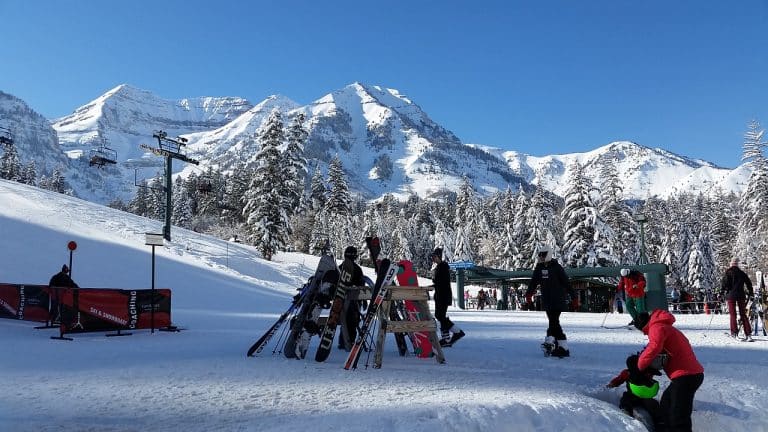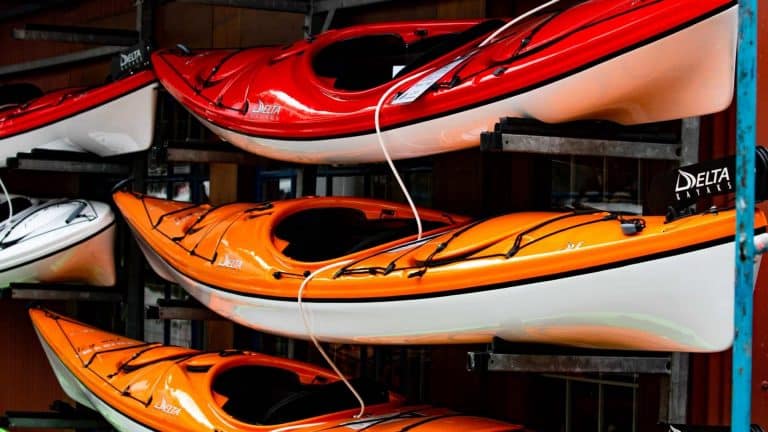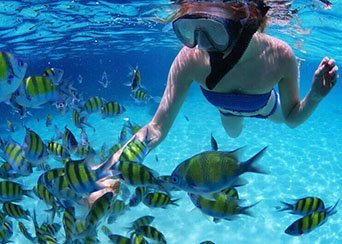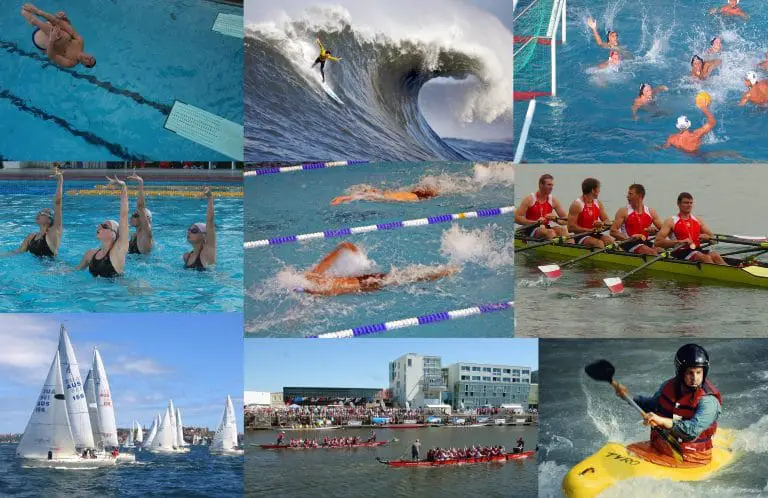How To Stand Up Paddle Board (SUP) – Beginners Guide
What Is Stand Up Paddle Boarding?
Stand up paddle-boarding is an outdoor water activity in which you will stand at full height on top of a board whilst using a paddle to propel you through the water.
Stand-up paddle boarding is a variation of traditional paddle boarding. With traditional paddle boarding, the rider is either kneeling, lying, or standing on top of the long narrow board.
They can use their arms or legs to help maneuver around the water too. Stand-up Paddleboarding which we’ll refer to as SUP for the rest of this post is one of the fastest-growing ‘board’ sport around the globe.
Why go paddle boarding?
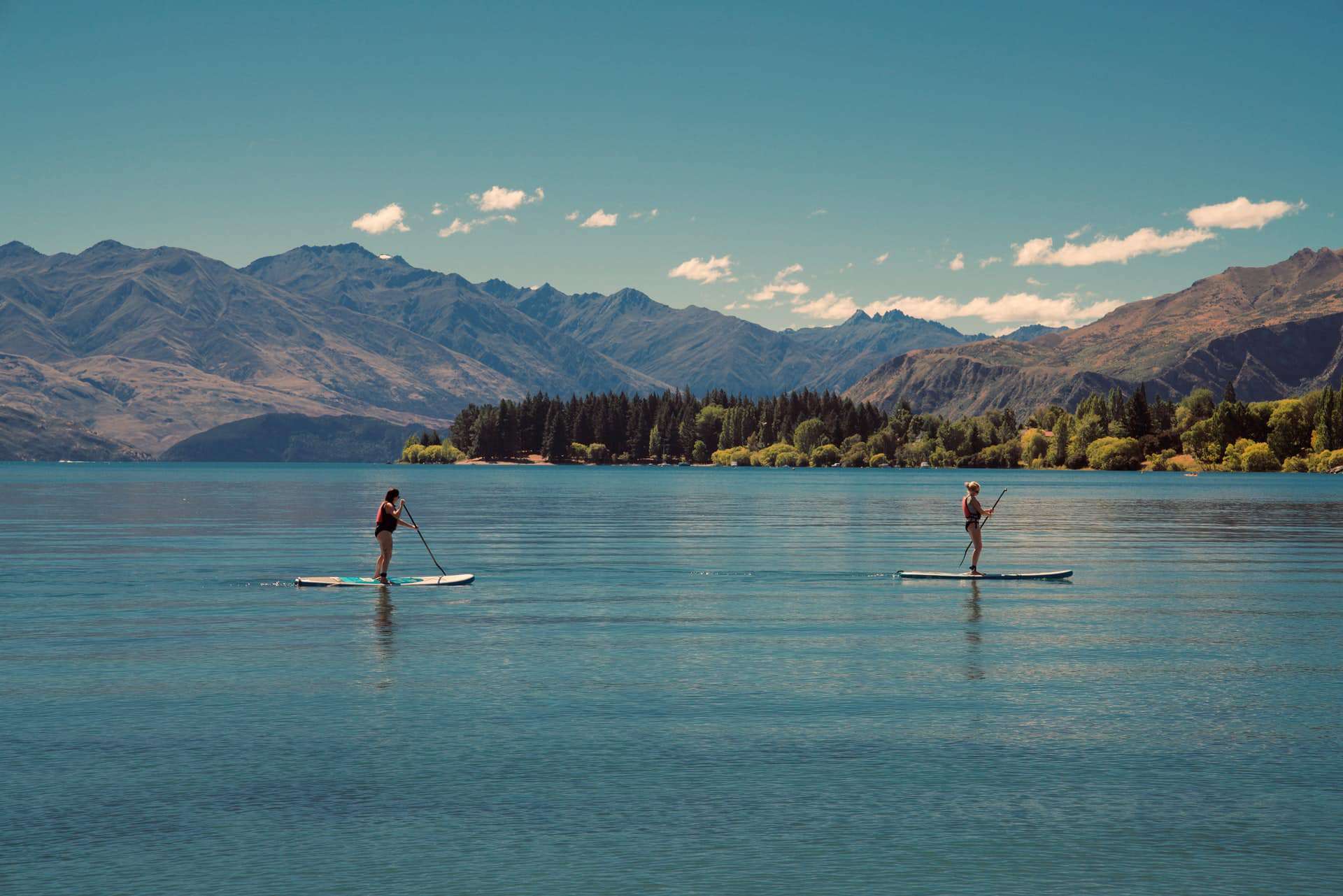
First off, it’s incredibly fun. Think surfing but far less challenging. Paddle boarding is used in a wide range of activities.
Yoga instructors, meditation stunt performance and even fishing are just a few ways in which paddle boarding is featured.
It’s also getting more popular for recreational use – what better way to pass the time after you have pitched your tent alongside the lake on the next family camping trip?
If you like to exercise, especially your strength and endurance, then paddle boarding can be a serious workout, for the whole body.
But also, bigger sports such as surfing may seem quite out of your comfort zone. That doesn’t mean that you can’t live your dream of riding the Australian waves though.
Paddle boarding gives you that opportunity in safe, fun, but also challenging ways.
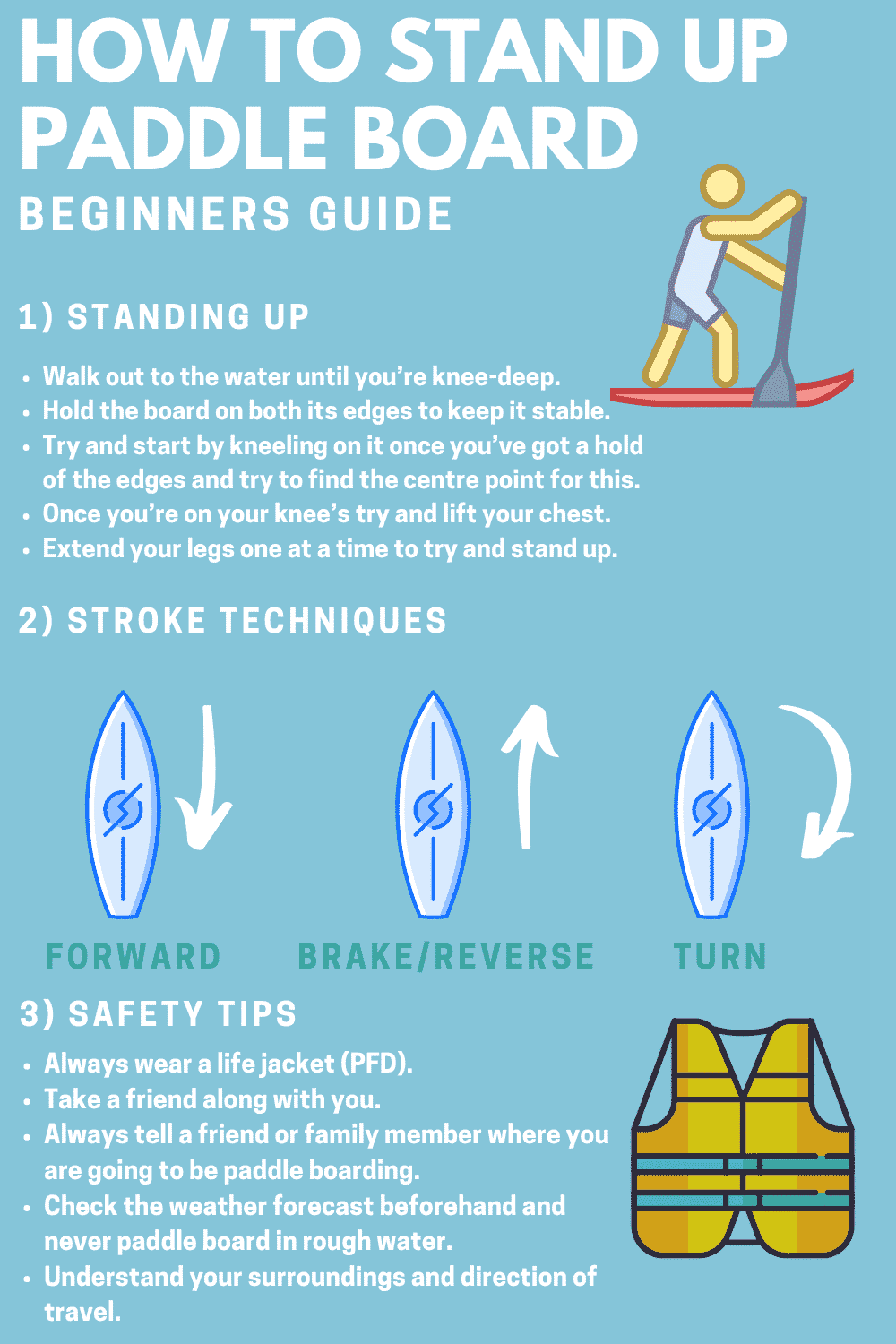
Paddleboarding equipment list
Before you get started with how to actually go paddle-boarding, you’re going to need to know what kind of equipment you’ll use.
The first is simple: a paddleboard
You can rent, borrow or buy – your best bet is to try to rent or borrow though if you’re an amateur getting to know the sport.
There are lots of different types of paddleboard available. They are specific to the type of activity that you’re participating in.
For example, if you’re doing recreational paddle boarding you will require a different board to someone who is going to be using a board to surf.
There are always helpful people at the rental store to help you pick out which board is best to use for your occasion.
Next (it’s in the name): a paddle
You can’t call it paddleboarding without a paddle. Otherwise, they’d just name it boarding. Or it would just be surfing.
The paddle looks roughly like that of a canoe boat. For the correct sizing, raise your arm above your head and put your paddle out in front of you. If it reaches up to your wrist then you’re ready to go.
We have reviewed our favorite SUP paddles for you.
Let people know where you are: whistle and light
Before heading out on your trip, it’s always best to tell a friend or family member where you will be heading.
And, as more of a safety precaution, you can bring with you a whistle and a light. The Coast Guard recommends this for your own protection – so that you can warn other boaters that you are out on the water.
It can get cold: clothing
You need to make sure that you’re wearing the most appropriate clothing. During the summer, you can wear a swimsuit or shorts – make sure to bring your reef-safe sunscreen as well.
When it is cold, you could wear a wet or drysuit to avoid temperatures that could cause hypothermia.
Safety First: A personal flotation device
If you’re an adult, it isn’t required by law to wear one but if you’re a child you will. However, it certainly is recommended just in case.
There is a wide variety of PFDs on the market for various sports. The most important thing is that it works and keeps your head above the water. If you have a kayaking PFD, that should do the job.
Don’t lose your board: use a leash
Your paddleboard counts as a floatable device – so if you fall off it is best to keep your board attached to you. Simply, tie the leash to your ankle so that if you wipe out – you won’t lose it and you can quickly get back on top to support yourself.
Paddleboarding technique
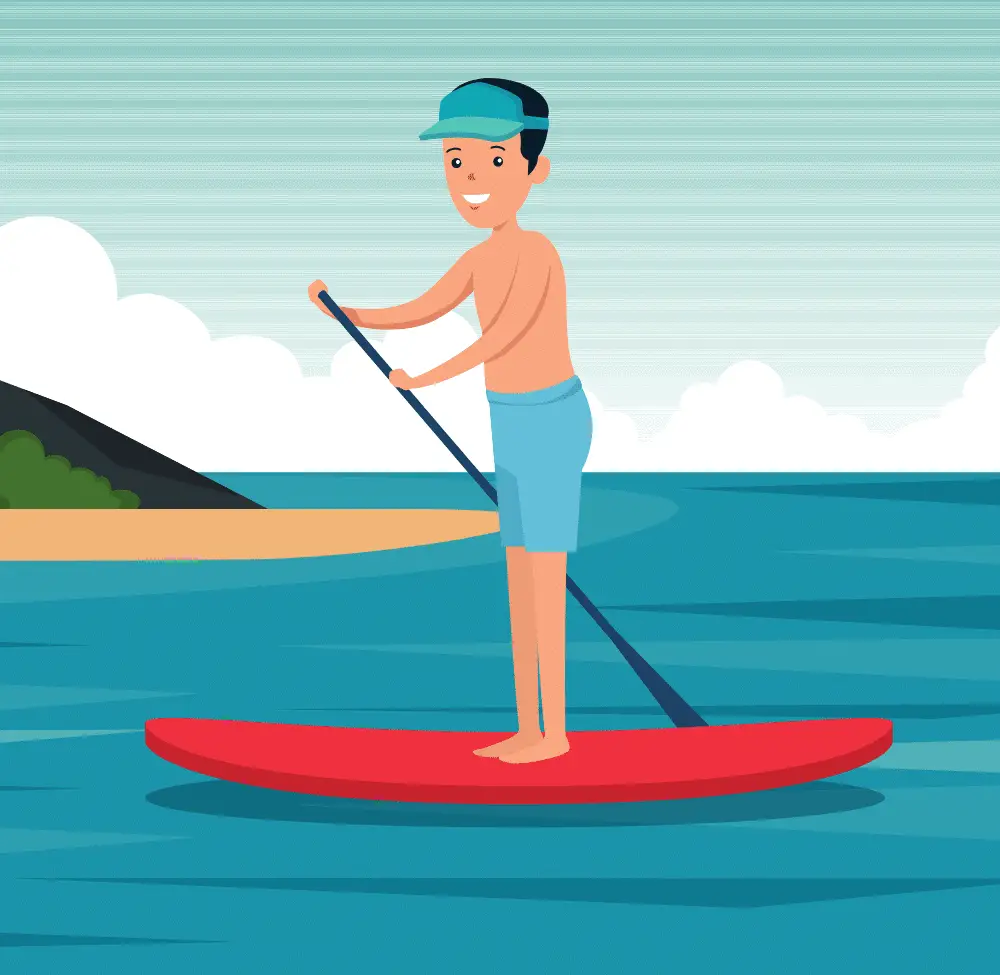
The best way to ensure that you enjoy your day out is to stay on your board. There are numerous ways to do that, but the most effective is a good solid understanding of technique.
How to Stand Properly
As it is called ‘Stand-up Paddleboarding’ you’re certainly going to want to know how to stand up pretty quickly.
- Take your board and walk out to the water until you’re roughly knee-deep.
- Hold the board on both its edges to keep it stable. You don’t want it rocking about whilst you’re trying to mount on it.
- Try and start by kneeling on it once you’ve got a hold of the edges and try to find the center point for this.
- We’ve got to stand one step at a time. Once you’re on your knee’s try and lift your chest. Once you’ve done this you’ll be able to extend your legs one at a time to try and stand up.
Don’t worry if it takes a few attempts.
How to Stay Balanced
Okay, so we’re standing on top of the board. But if you want to stay standing for longer than a couple of seconds, you’ll need to focus here.
- Make sure your feet are parallel to each other and shoulder-width apart. This gives you the best positioning for balancing.
- To start with ensuring that your knees are ever so slightly bent just for some extra sturdiness.
- Keep your back straight – bending over will affect your balance and after a while start hurting.
- Keep everything vertical and straight – this includes your head which should be looking straight ahead; remember, it’s the heaviest part of your body.
Holding the paddle
Yes, it may be a simple step, but certainly well worth noting. You don’t want to be putting any extra force into paddling that you otherwise might not have to if you’re holding the paddle correctly.
- Ensure the ‘tear-drop’ blade is angled away from you.
- Have it angling towards the front of the board.
- If you paddle on the right-hand side, have your left hand at the top of the grip and your right hand further down.
- If you paddle on the left-hand side, have your right hand at the top of the grip and your left hand further down.
How to stand up paddle board – Stroke Techniques
Sweep
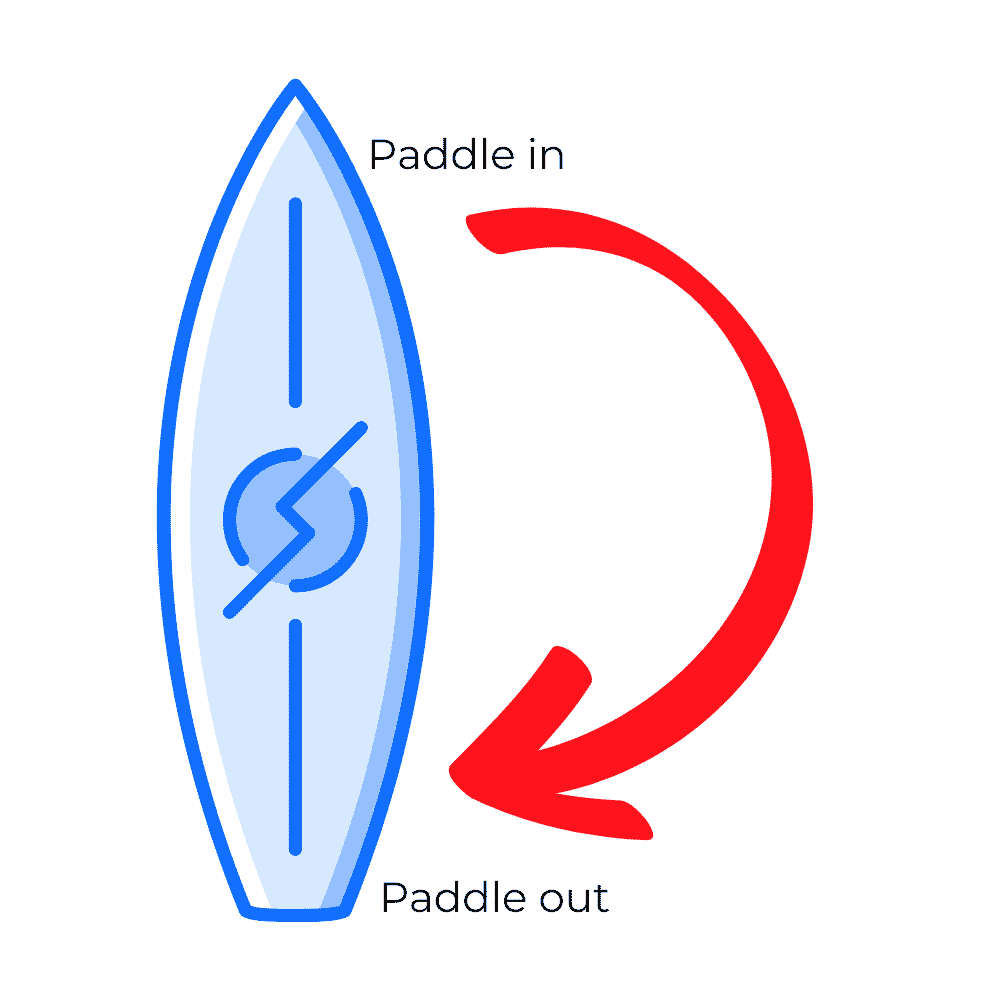
This is where you’d want to move your board in a different direction whilst it is still in a forward motion.
The best way to describe how to do it is like drawing a semi-circle from one end of the board to the other. But there is a particular way to move so that you don’t find yourself fighting against the water:
1. It’s all about the shoulders and your core.
2. Rotate your shoulders leading with your right (if you’re paddling on the right-hand side, otherwise lead with your left).
3. Make sure to put the entire blade underwater as that will be the driving force behind the turn.
4. Sweep in that semi-circle motion from one end of the board to another, making sure to utilize your leg and torso muscles.
Note: do not twist from your hips as you will cause injury.
Forward
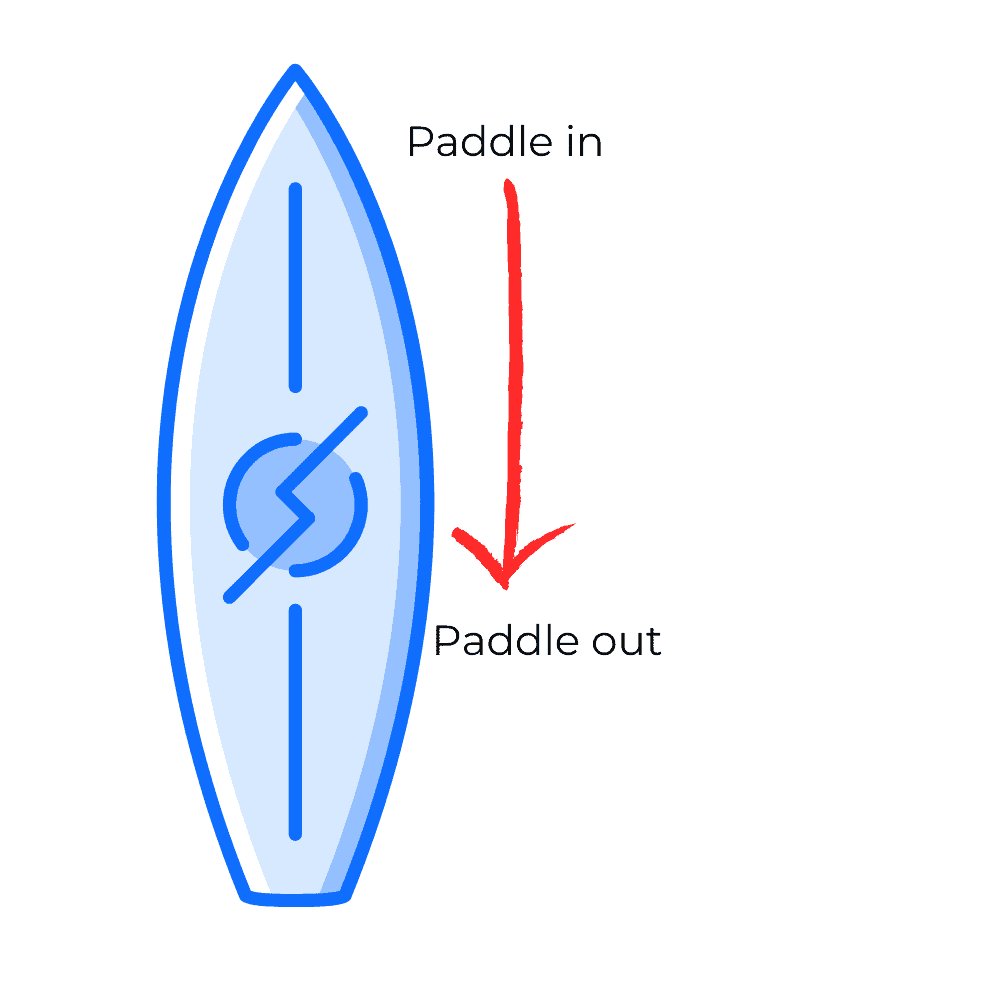
This is the simplest, and probably most basic stroke for those beginners heading out onto the calmer waters for the first time. This type of stroke is in the name – it will help you go forwards.
1. Put the paddle a few feet in front of you in the water on whichever side that you prefer to paddle.
2. Under the water, pull the paddle towards you to the point of your back foot and then lift the paddle out of the water – This will propel you forwards.
3. Try to use your torso as much as possible and avoid bending your arms. Keep them straight to avoid any muscle usage that isn’t necessary.
4. Use your top hand as a dominant force – and use your bottom hand as more of a guidance.
5. Alternate sides that you paddle on – otherwise you may end up just spinning around.
6. Keep your paddle as straight as you can – the ‘tear-drop’ shaped blade at an angle could steer you away from your target or towards other borders.
Reverse
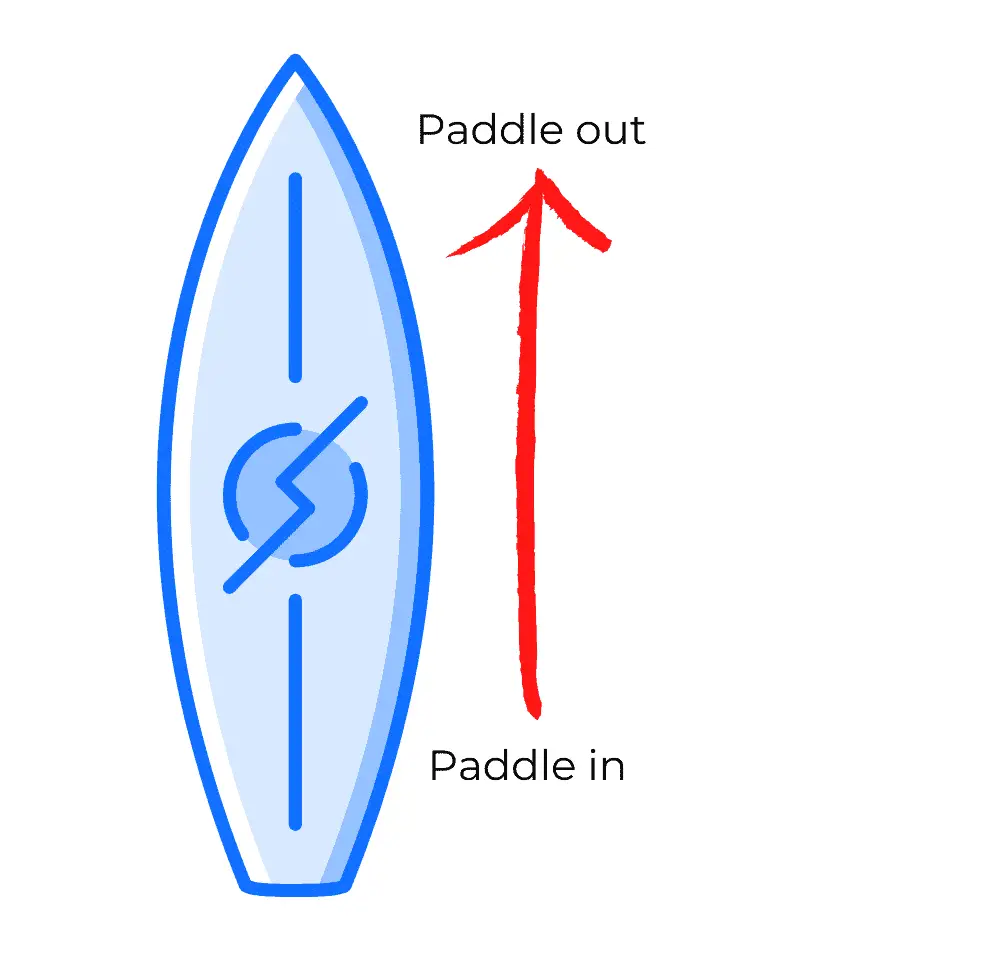
This type of stroke will essentially act as your brake system. If you want to slow down or even stop completely, then pull out the reverse stroke.
1. Place the paddle at the back of your board and submerge it into the water.
2. Keep everything as straight as possible including your arms.
3. Use your torso to drag the paddle towards the front of the board.
4. The nose of the board may turn to the right if that’s the side you paddle on.
Some Practical Advice
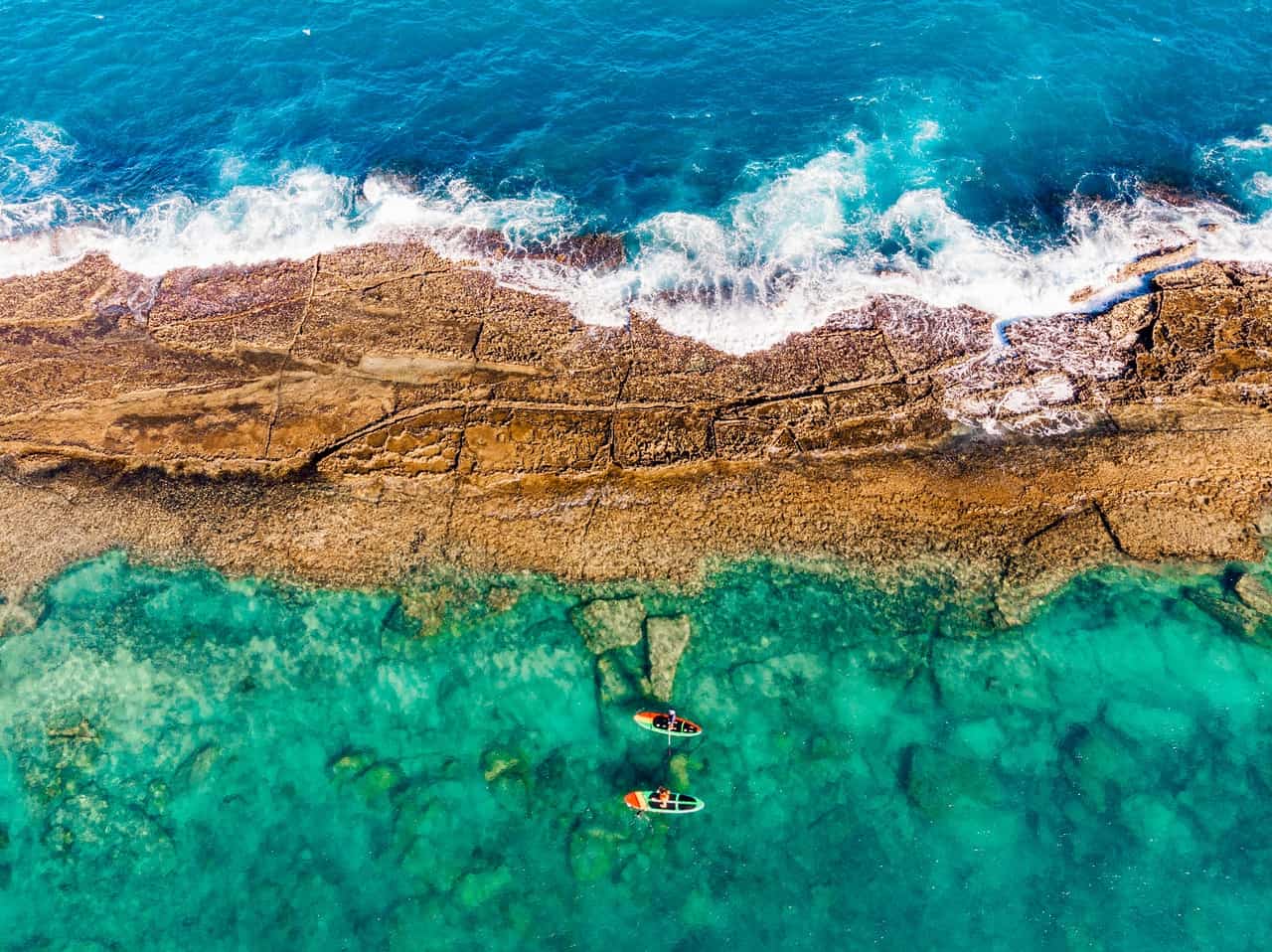
Sometimes the weather can be unpredictable. You go to what you think will be a calm lake with deep blue transparent waters and incredible views on the horizon.
Only to find that the water is rough and murky, the weather is cold, and you haven’t prepared. Think to yourself whether you think these conditions are safe for you.
Battling against rougher waters can be tough on your body – but also at times can damage your board.
Boards vary in price, but you still don’t want to end up breaking it because the conditions weren’t optimal. If it is your first time, maybe go with a friend if it makes you feel a bit more comfortable.
Just make sure that you’re not paddling too close together. Avoid any spaces of water that look cluttered, busy or have many obstacles lying around that could become dangerous. Don’t paddle for too long! Especially if it is your first time. You can get tired quickly with the amount of paddling.
It is especially exhausting if there is lots of wind. Preferably, go at a time when there is little to no wind as the sun kisses your skin. However, if that isn’t possible and you’re itching to get out there – then make sure the wind is behind you and helping you go forwards.
How to Paddle Board FAQs
Is paddle boarding a good workout?
Paddle boarding is a complete body workout. Paddling utilizes your core muscles, torso, legs, and arms.
If you’re using the right techniques, you can get a really good workout in and learn to use your muscles in an effective way.
If the waters are tough and you are an experienced paddle boarder – the harsher waves and winds will act as an additional weight to your workout.
Does paddle boarding build muscle?
SUP ensures to engage your core muscles and builds up a huge amount of abdominal strength whilst toning your muscles. It also helps to work out your arms, legs, shoulders, and back.
Depending on the number of times you go paddle-boarding each week and the length of time you spend on the water – the amount of muscle that you could possibly gain will be variable.
How long is the average paddle board?
Most SUP boards stand around 10-11 feet in length and between 32-34 inches in width. This should give ample room for a strong and solid base. These measurements allow for the smoothest kind of experience.
It balances weight with strength to ensure the board’s overall performance is kept at a maximum. It is possible to get a longer or wider board – but this could affect the performance.
Can I rent a paddle board?
Yes! In fact, we recommend that if you’re a beginner that you start off by renting or borrowing aboard.
A simple search in your local area should come up with loads of rentable shops. If the body of water you’re going to is known for paddle boarding – there should be a board rental shop nearby.
History of SUP – Where did it all begin?
Birthing in the 16th Century, paddleboarding is known to originate from Africa, South America, and ancient Polynesian culture, including countries like New Zealand, Australia, Samoa, Tonga, and more.
Back then, they would use boards made out of wood that they could find to help them travel, but also as a way of entertaining themselves. It is known that Tom Blake is seen as the modern pioneer for the construction of the modern board.
In the 1920s he was helping to restore old Hawaiian boards before making hollow boards that were far lighter than the original board. Paddleboarding tended to take a backseat whilst more prominent and successful sports like Surfing took the spotlight of the waters for the public.
However, its re-emergence took place due to a few long-distance boarding competitions in which the narrow, longer board was favored. Today, the paddleboard ranges between 12 and 20 feet in length, it is about 20 inches wide and weighs between 20 and 40 pounds.
SUP became a favorite with the older members of society who still felt the rush of getting out on the waves but wanted to feel slightly more safe and secure.
As it became more and more popular, manufacturers decided to produce versatile boards that could potentially be used for both surfers and paddleboarders. You can find some boards that are long, short, thick, thin, or even inflatable and neatly packed in a bag.
In today’s world, SUP can be actively participated in pretty much any kind of water. Whether you’re going to a lake, the sea, rivers or canals.
Other posts:

